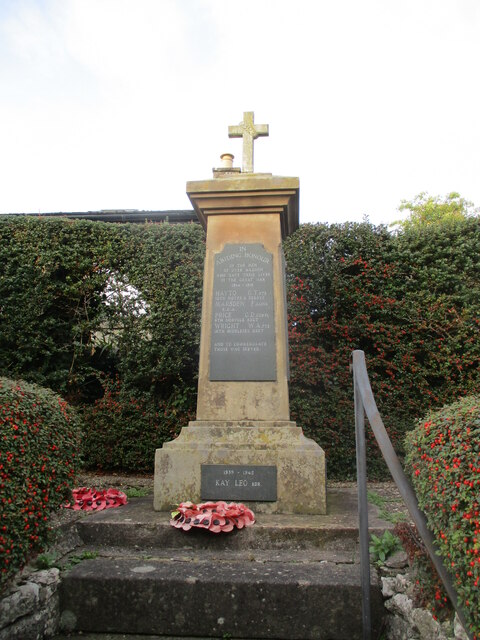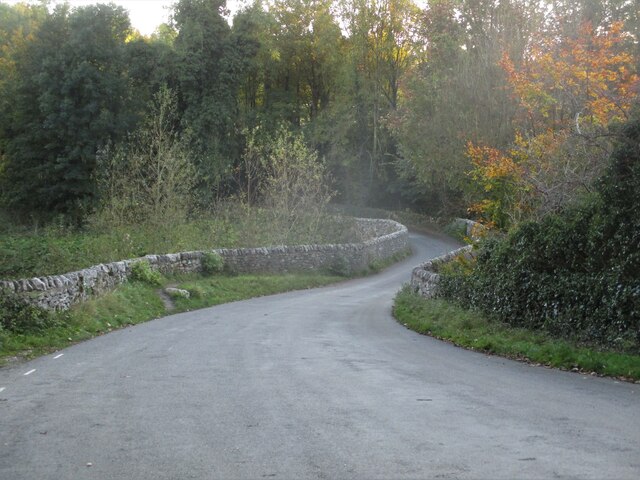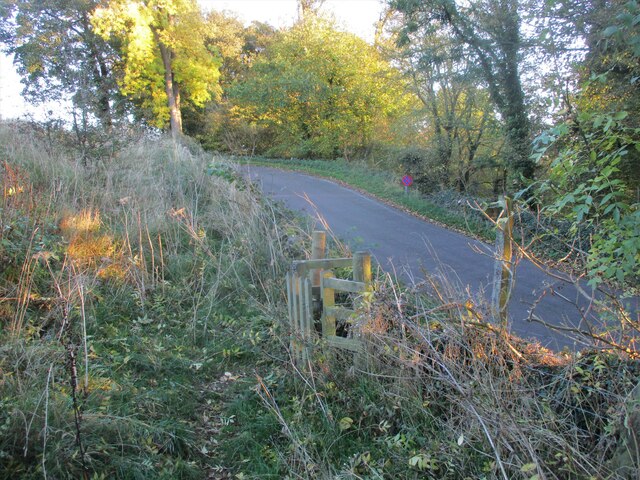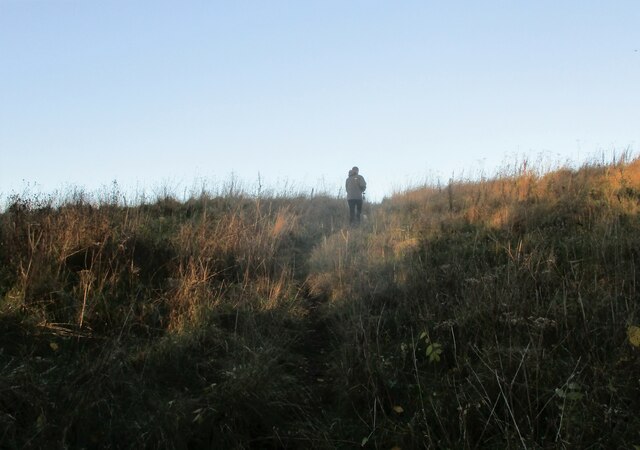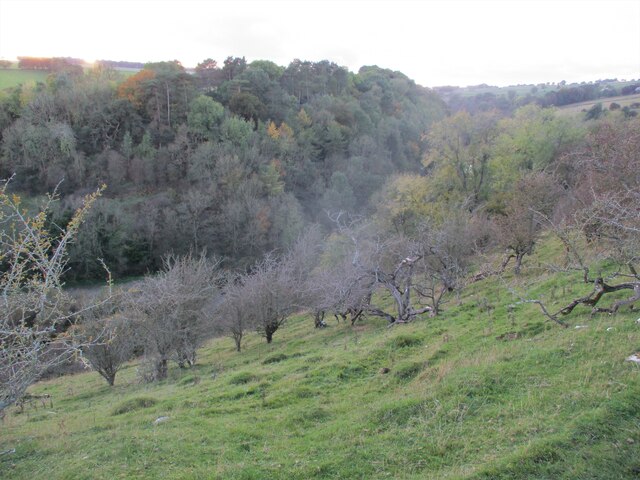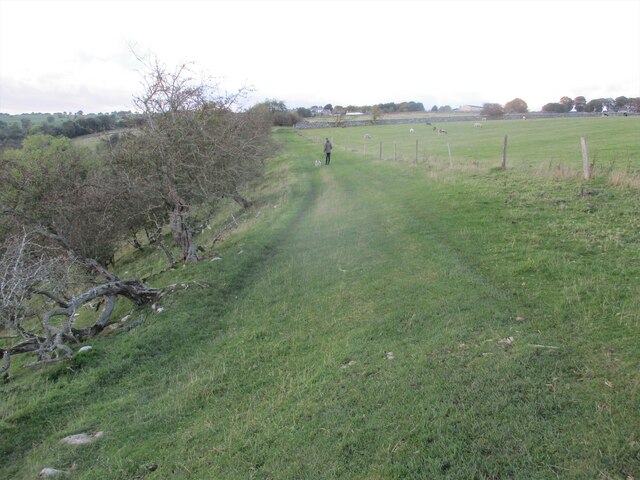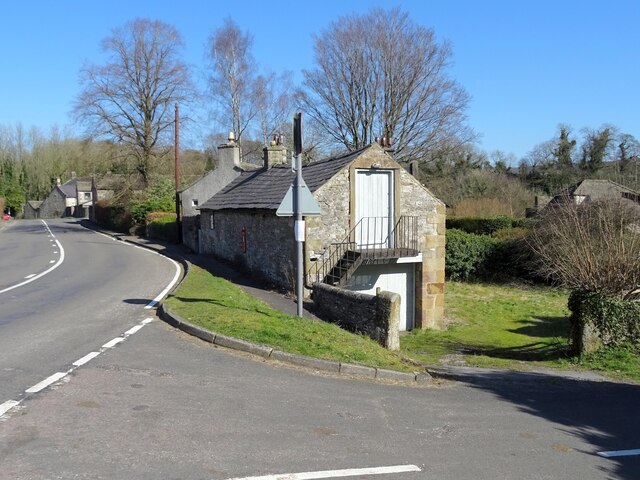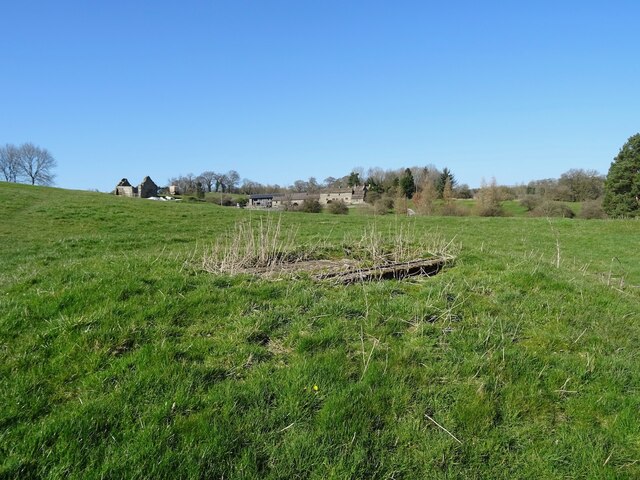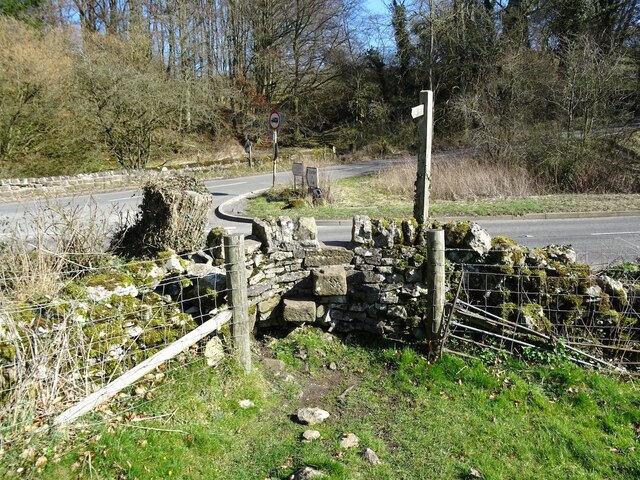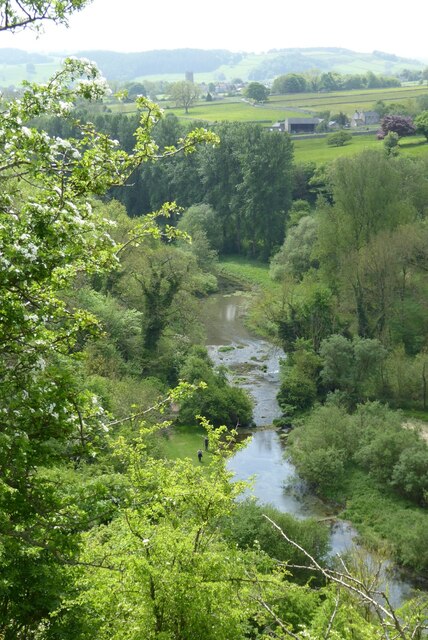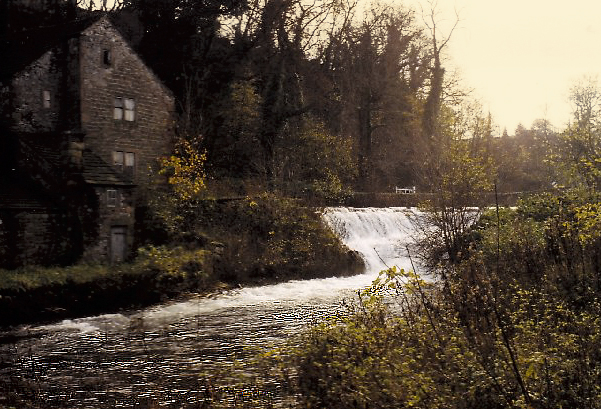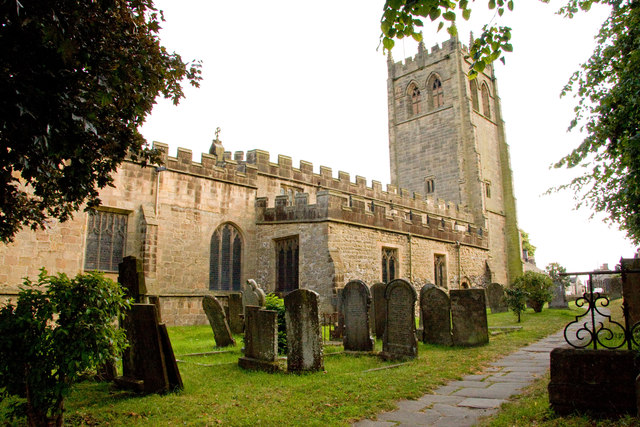Conksbury Village
Heritage Site in Derbyshire Derbyshire Dales
England
Conksbury Village
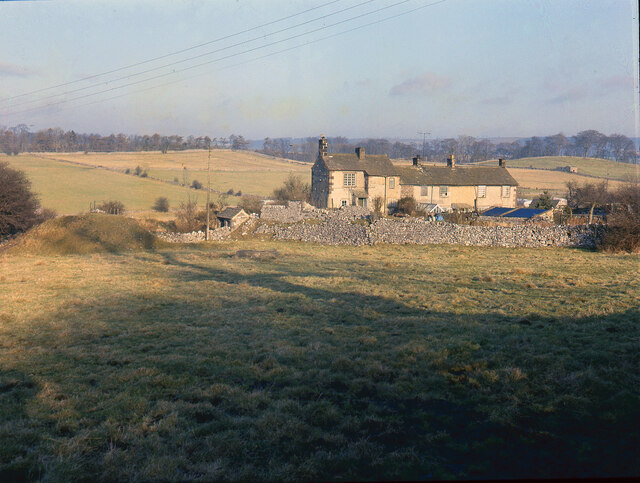
Conksbury Village, located in Derbyshire, England, is a charming heritage site that offers visitors a glimpse into the region's rich history and architectural heritage. Nestled in the picturesque countryside, this village is renowned for its well-preserved medieval buildings and captivating atmosphere.
Dating back to the 13th century, Conksbury Village exudes a sense of timelessness, with its narrow streets lined with traditional stone cottages and timber-framed houses. The village's architecture showcases a variety of styles, including Tudor and Georgian, providing a visual feast for history enthusiasts and architecture lovers alike.
One of the prominent landmarks in Conksbury Village is the St. Mary's Church, a striking example of medieval craftsmanship. This ancient church features intricately carved stone details and a beautifully preserved interior, offering a tranquil place for reflection and worship. Visitors can also explore the village's historic market square, which has been a focal point of community life for centuries.
Conksbury Village is not only a testament to the region's past but also a thriving community with vibrant local shops, cozy tearooms, and traditional pubs. It offers visitors a chance to experience the warm hospitality of the locals while indulging in traditional English fare.
For those seeking outdoor adventures, the village is surrounded by breathtaking countryside, perfect for hiking and cycling enthusiasts. The nearby Conksbury Woods provide a serene escape, with ancient trees and wildlife to be discovered.
Conksbury Village truly encapsulates the essence of a quintessential English village, with its historic charm, architectural treasures, and natural beauty. A visit to this heritage site promises an unforgettable experience steeped in history and a chance to immerse oneself in the idyllic charm of rural England.
If you have any feedback on the listing, please let us know in the comments section below.
Conksbury Village Images
Images are sourced within 2km of 53.185/-1.678 or Grid Reference SK2165. Thanks to Geograph Open Source API. All images are credited.

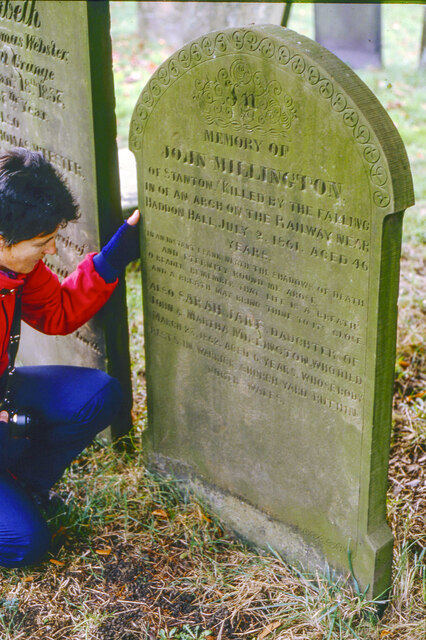
Conksbury Village is located at Grid Ref: SK2165 (Lat: 53.185, Lng: -1.678)
Administrative County: Derbyshire
District: Derbyshire Dales
Police Authority: Derbyshire
What 3 Words
///reckoned.palms.mailing. Near Youlgreave, Derbyshire
Nearby Locations
Related Wikis
Alport
Alport is a hamlet in the White Peak area of Derbyshire, England. It lies east of Youlgreave, at the confluence of the River Bradford and the River Lathkill...
River Bradford
The River Bradford is a river in the Peak District National Park in Derbyshire. Its source is on Gratton Moor and after passing below Youlgreave it joins...
All Saints' Church, Youlgreave
All Saints’ Church, Youlgreave is a Grade I listed parish church in the Church of England in Youlgreave, Derbyshire. == History == The church dates from...
Youlgreave
Youlgreave or Youlgrave is a village and civil parish in the Peak District of Derbyshire, England, on the River Bradford 2+1⁄2 miles (4.0 km) south of...
Conksbury
Conksbury is the site of a deserted medieval settlement between Over Haddon and Youlgreave in Derbyshire, England. == History == The village was recorded...
Harthill Hall
Harthill Hall was formerly the Manor House of a great 13th century Estate, and the hall is now a Grade II listed building within the civil parish of Harthill...
St Anne's Church, Over Haddon
St Anne's Church, Over Haddon is a Grade II listed parish church in the Church of England in Over Haddon, Derbyshire. == History == The church was built...
Over Haddon
Over Haddon is a small village and civil parish in Derbyshire, England. The population of the civil parish (including Nether Haddon) at the 2011 Census...
Nearby Amenities
Located within 500m of 53.185,-1.678Have you been to Conksbury Village?
Leave your review of Conksbury Village below (or comments, questions and feedback).






